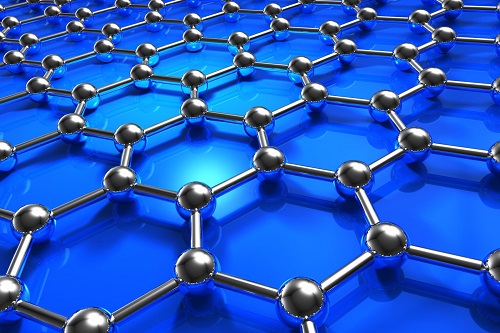Polymers have for long been a fundamental piece of our everyday lives so much so that examples is available almost ubiquitously. We generally an impact leading us to trust that polymers are merely plastics useful for packaging, in household objects and then for making fibres, however this is only the tip with the iceberg.

Polymers are utilized in many applications you might not have thought much about. This blog enlightens you in regards to the story behind polymers and just how it’s got evolved since to provide several functions across numerous industries.
Origin of polymer science
Humans have taken advantage of the versatility of polymers for years and years in the form of oils, tars, resins and gums. However, it had not been until the industrial revolution that this polymer industry developed. Actually, the birth of polymer science may be traced returning to the mid-nineteenth century. Within the 1830s, Charles Goodyear developed the vulcanization method that transformed the sticky latex of natural rubber into a useful elastomer for tire use. In 1909, Leo Hendrik Baekeland created a resin from two common chemicals, phenol and formaldehyde. The reaction between both of these chemicals paved the way to add mass to a resin, called Bakelite, named after him. It turned out this resin that served like a harbinger to a lot of with the common polymers that people use today. The word “polymer” is derived from the Greek roots “poly” and “mer,” which assembled means “many parts.” Polymeric substances are comprised of many chemical units called monomers, that are joined together into large molecular chains composed of a large number of atoms.
Classification of polymers
Judging by their origin, acrylic glass can be classified as synthetic or natural polymers. Natural polymers are the type polymers that exist in nature understanding that that are isolated from plant and animal resources. Starch, cellulose, proteins, natural rubber etc. are several samples of natural polymers. Though these are processed to obtain the end result, since the basic material comes from a natural source, these polymers are termed as natural polymers. Natural rubber originating from tree latex is essentially a polymer created from isoprene units which has a small percentage of impurities within it.
On this context, biopolymers are also significant. There is large number of biopolymers including polysaccharides, polyesters, and polyamides. They may be naturally made by microorganisms. The genetic manipulation of microorganisms makes way for enormous risk of the biotechnological production of biopolymers with tailored properties well suited for high-value medical application including tissue engineering and drug delivery.
Synthetic polymers, for their name indicates, are synthesized inside the laboratory or factory through a series of chemical reactions from low molecular weight compounds. From the functional viewpoint they may be classified into four main categories: thermoplastics, thermosets, elastomers and synthetic fibres. Polymethyl methacrylate (PMMA) is one such thermoplastic made by the polymerization with the monomer, methyl methacrylate (MMA). PMMA is commonly generally known as acrylic plastic and lends its properties with a selection of consumer product applications. Being both a thermoplastic and transparent plastic, acrylic is employed extensively inside the automotive industry in trunk release handles, master cylinder, and dashboard lighting. Consumer goods that have a constituent element of acrylic plastic include aquariums, motorcycle helmet lenses, paint, furniture, picture framing, and umbrella clamps, among others.
Some of the other synthetic polymers that people utilization in our everyday life include Nylons, found in fabrics and textiles, Teflon, found in non-stick pans and Polyvinyl Chloride, found in pipes.
As being a leading manufacturer of SUMIPEX® PMMA polymer, Sumitomo Chemical is pleased to assist you in understanding its properties like a synthetic polymer. To find out more, find us here.
For more details about acrylic glass go to this web portal: read here
